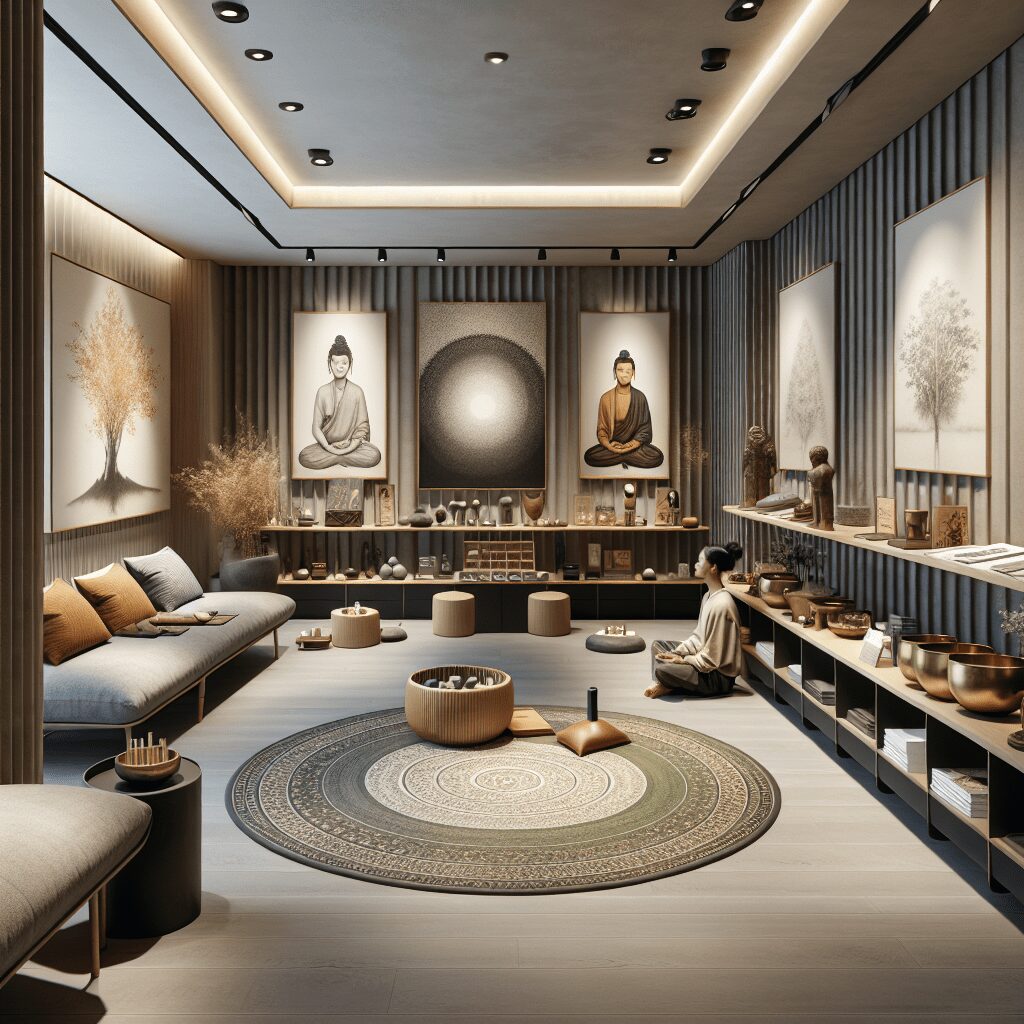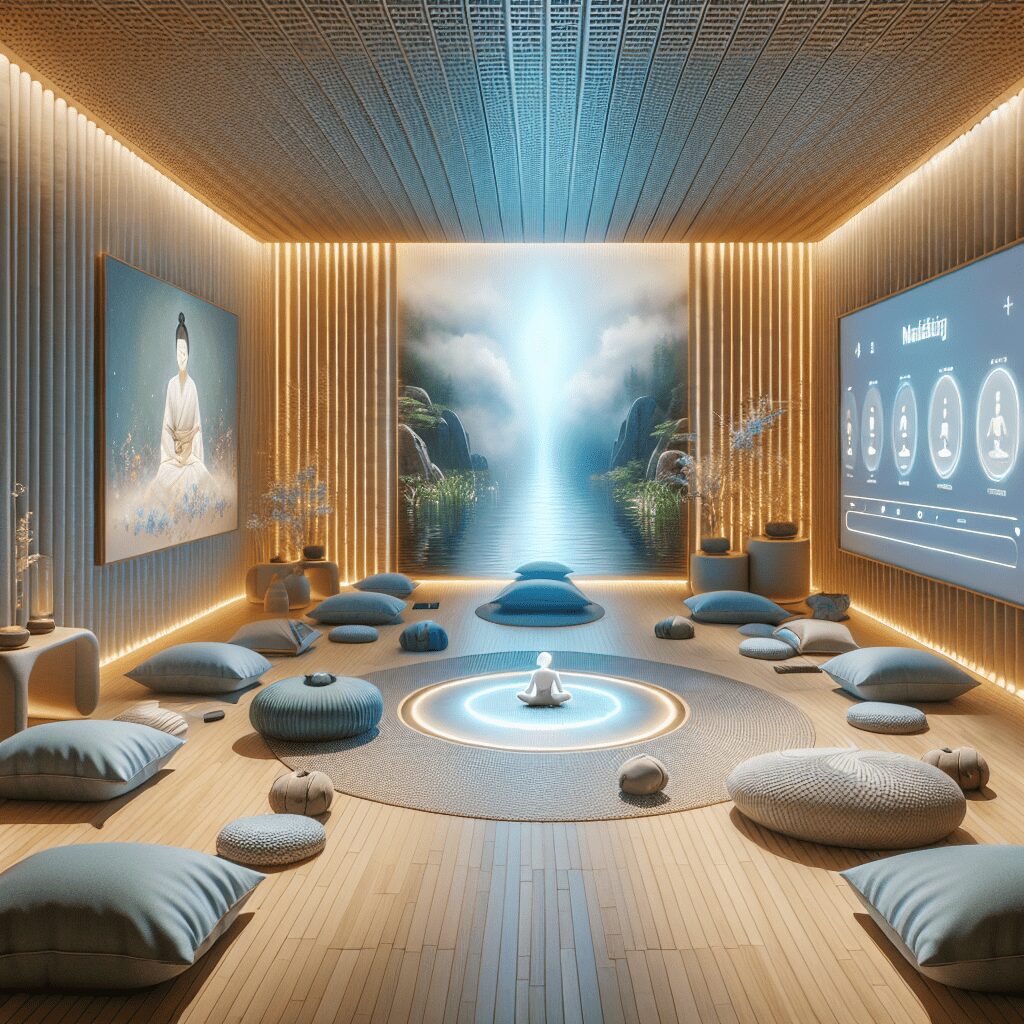
Prioritize your mental well-being daily. Enhance your life by nurturing your mental health with the Smart Meditation app. Break free from stress, alleviate anxiety, and enhance your sleep quality starting today.
Can Anxiety Make Your Pupils Different Sizes?
Unlocking the Mystery: Can Anxiety Trigger Pupil Size Variation?
In the intricate dance of the human body, every flutter and twitch often tells a tale, especially when it comes to the windows of the soul – our eyes. One query that frequently pops up, cloaked in curiosity, is whether our emotional states, such as anxiety, can play the puppeteer, making one pupil larger than the other, a phenomenon medically dubbed as anisocoria. Is this a mere myth, or is there a grain of truth hidden beneath layers of speculation? Let’s dive deep and uncover the facts.
The Eye-Opening Truth About Anisocoria and Anxiety
To get to the heart of the matter, it’s crucial to understand what we’re dealing with. Anisocoria, in layman’s terms, is when your two pupils decide they’re no longer going to be identical twins – one chooses to be bigger than the other. Normally, this can send folks into a tizzy, wondering if they’ve stumbled into a medical twilight zone. But before you hit the panic button, let’s unravel this enigma.
The Nitty-Gritty of Anisocoria:
Experts estimate that a surprising percentage of the population, up to 20% (yes, you read that right), will experience anisocoria at some point. So, if your peepers are playing this trick on you, remember, you’re not sailing in uncharted waters. The causes can range from harmless quirks of your body to more serious conditions that warrant a chat with your doc.
Now, tossing anxiety into this mix adds a layer of complexity. Anxiety, that unwelcome guest that turns your insides into a roller coaster ride, has a knack for stirring up a cocktail of physical symptoms. From sweaty palms to a heart that’s off to the races, it’s a package deal. But can it add uneven pupils to the menu?
Here’s the scoop: While direct causation might be stretching it, there’s no denying the intricate tango between our emotional well-being and physical states. When anxiety hits, your body goes into fight-or-flight mode, releasing a cascade of chemicals like adrenaline. This surge can cause a multitude of reactions, including dilation of the pupils. However, it’s usually a synchronized performance – both pupils reacting in tandem.
Bridging The Gap:
So, how do we connect the dots? If you catch your pupils playing the size game during a bout of anxiety, it’s likely not the sole work of your nervous jitters. Other factors or pre-existing conditions might be at play, using your anxious state as a stage to make their presence known. Thus, stumbling upon this during a high-anxiety moment might be coincidental rather than causational.
Navigating Through The Waves of Anxiety and Eye Health:
If the seas of anxiety and anisocoria have you feeling adrift, here’s how you can navigate through these turbulent waters:
- Keep Calm and Carry On: Easier said than done, but managing your anxiety can, in turn, help keep other symptoms or conditions from exacerbating.
- Eye Spy: Regular check-ups with your eye doctor can help catch any underlying conditions that might fancy making a cameo during your anxiety episodes.
- Knowledge is Power: Understanding that your body is a complex network where everything is connected can help demystify why certain symptoms appear out of the blue.
To wrap it up, while anxiety might not be the direct maestro conducting the orchestra of uneven pupils, it can certainly add its own flair to the performance. Always remember, when in doubt, seeking professional advice is the way to go. Keeping tabs on both your mental and physical health not only adds chapters to your life story but ensures they’re as vibrant as ever.





